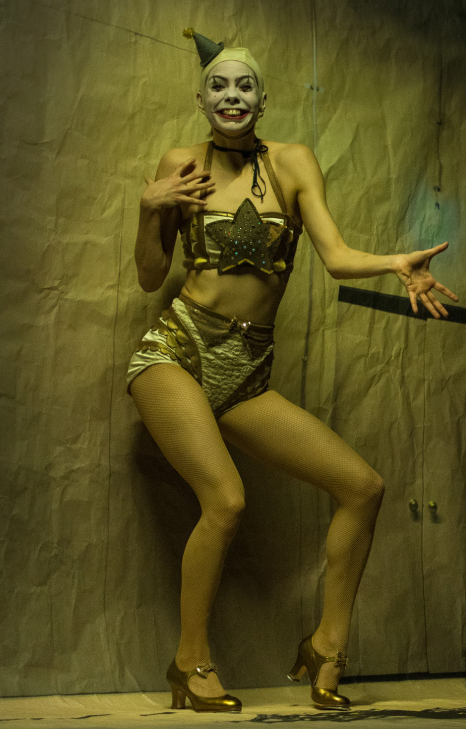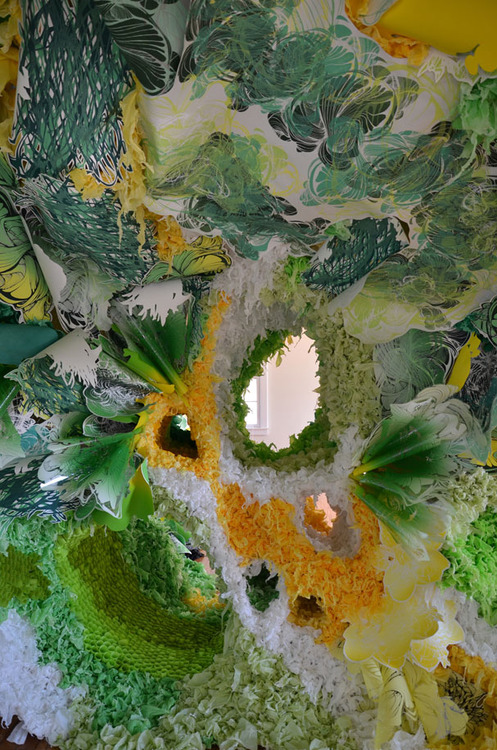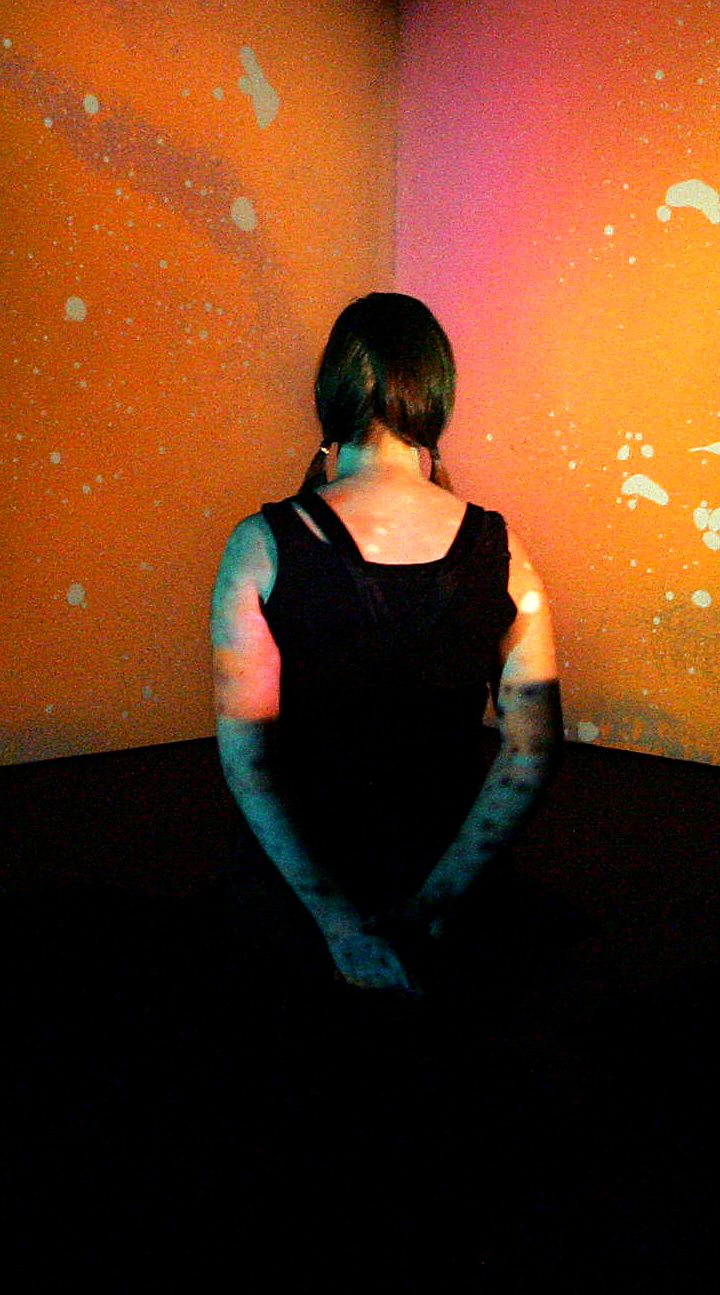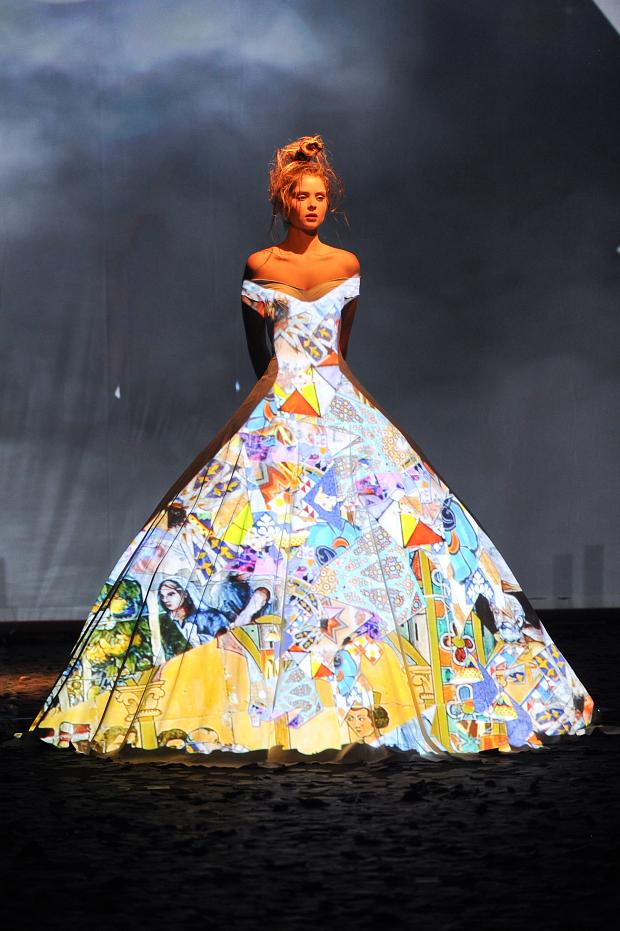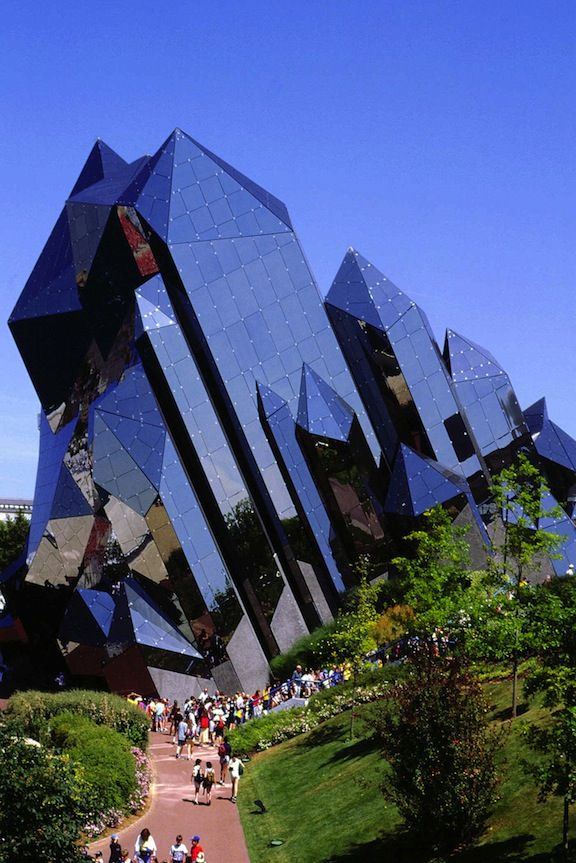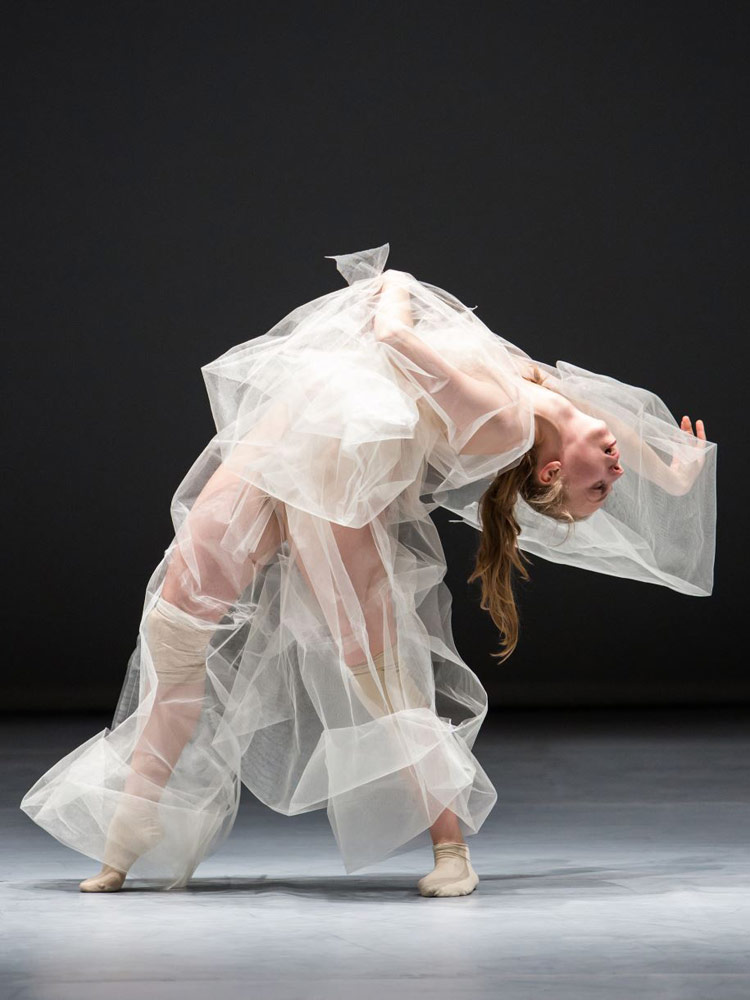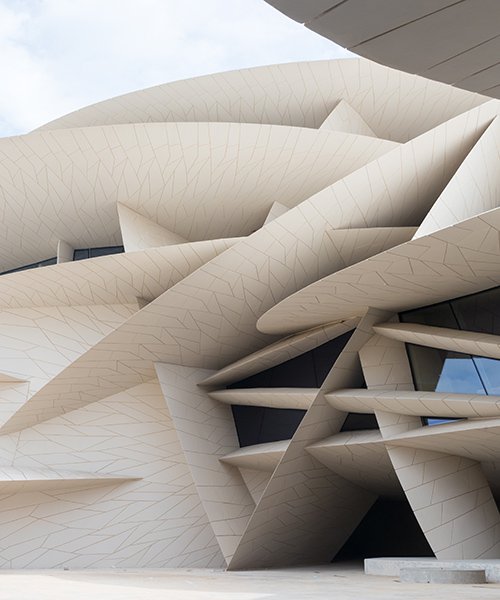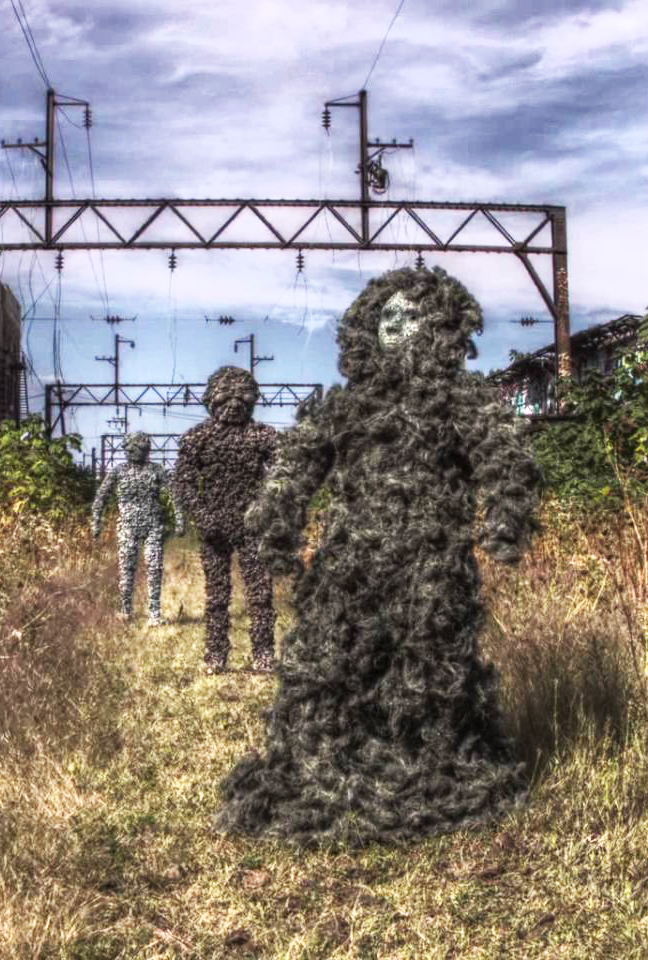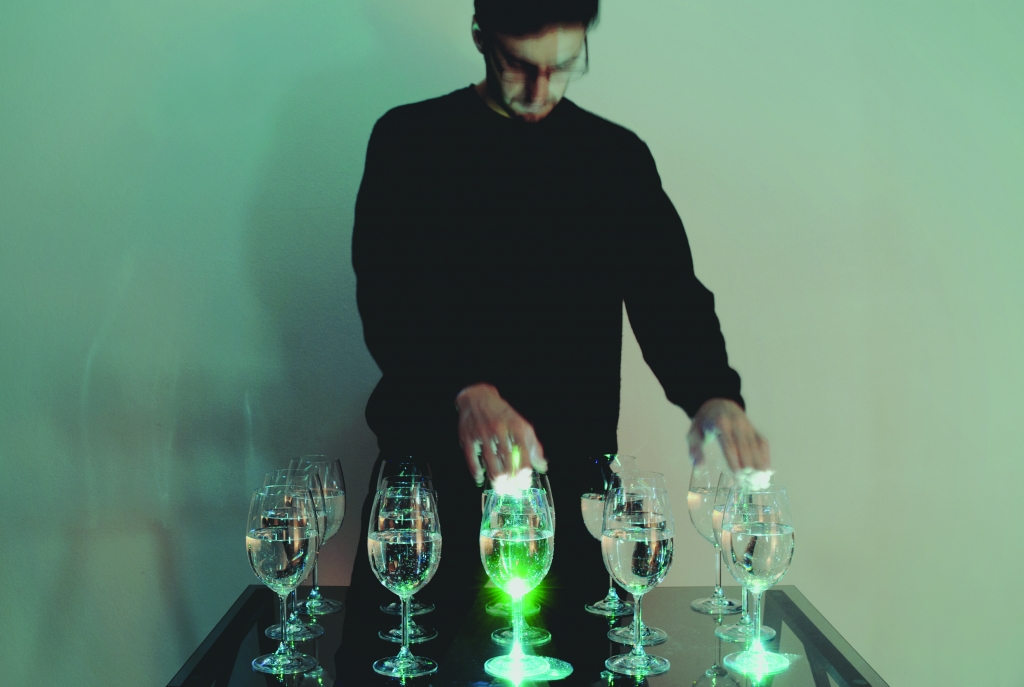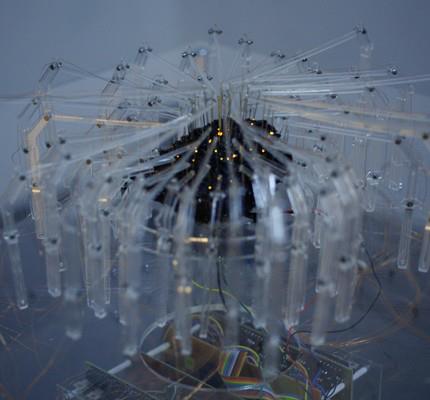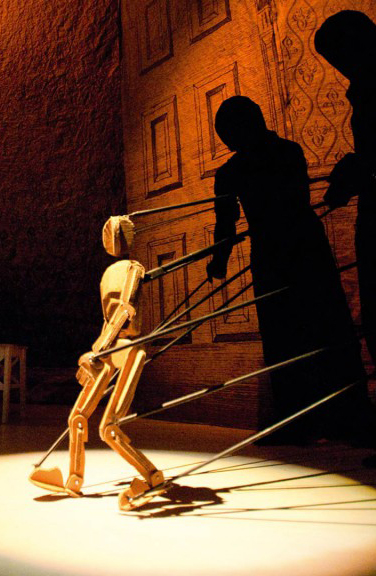
CRYSTAL PITE
Dark Matters
Kidd Pivot Frankfurt RM
Le spectacle « Dark Matters » de Crystal Pite qui aura lieu au Toboggan les 15 16 et 17 mars intègre elle-même la marionnétique ou l’art de manier la marionnette. Plus précisément, pour son spectacle la technique reprise par la compagnie Kidd Pivot est le Bunraku.
On vous parle chinois ? Japonais en fait plus précisément ! Cet art bien singulier a fait son apparition au XVIIeme siècle dans la région d’Osaka. Avec le nô, le kabuki et le kyôgen, c’est une des quatre formes du théâtre classique nippon. Il est issu de l’assemblage de deux traditions : le Johruri, qui est l’art de raconter des histoires traditionnelles sur un fond musical, et la marionnette, présente depuis le XIème siècle au Japon.
Pour se pratiquer, le Bunraku utilise des marionnettes de taille presque humaine. Plusieurs hommes sont nécessaires pour manipuler une marionnette de ce type. Pour lui donner vie, ils actionnent ce qu’on appelle des contrôles ou baguettes sur ses différentes parties du corps. C’est un travail qui nécessite beaucoup de concentration et d’exercice car si l’accord entre les montreurs n’est pas bien orchestré, le jeu de la marionnette ne sera pas fluide.
